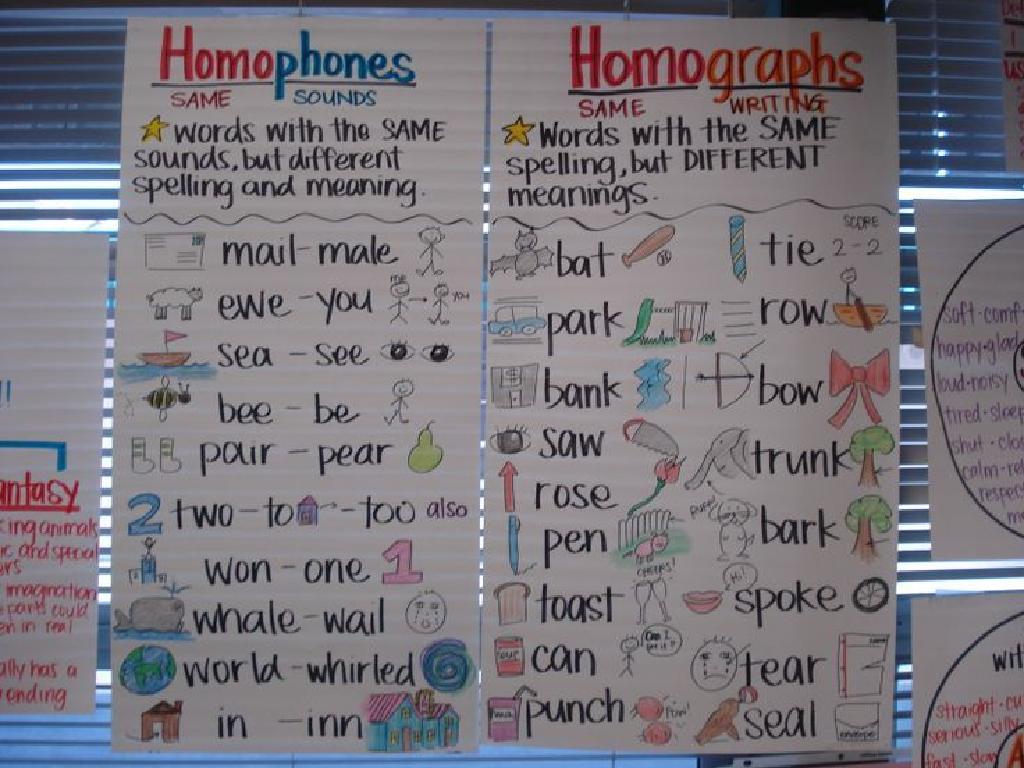Name States Of The West
Subject: Social studies
Grade: Fifth grade
Topic: States
Please LOG IN to download the presentation. Access is available to registered users only.
View More Content
Exploring the Western States
– Discover the Western USA
– Regions of the USA
– The USA is divided into regions like the West, Midwest, Northeast, and South.
– Unique qualities of the West
– The West is known for its diverse landscapes and cultural heritage.
– Why the West stands out
– Think about the vast deserts, tech innovation, and rich history.
|
This slide introduces students to the Western region of the United States, which is one of the four main regions. Emphasize the diversity of the West, from its physical geography, which includes both coastal areas and deserts, to its cultural significance, with a history of Native American heritage and the tech boom. Highlight the unique features that make the Western states stand out, such as the presence of Hollywood, national parks, and significant landmarks. Encourage students to think about what they already know about the West and what they are curious to learn more about. This will set the stage for a deeper dive into the specific states that comprise the Western region in subsequent lessons.
Exploring the Western States
– Locate Western States on a map
– Use a US map to find states like California, Nevada, and more
– Learn names and capitals
– Sacramento is California’s capital, Denver for Colorado, etc.
– Discover quick Western facts
– The West is known for its diverse landscapes and industries
– Discuss the region’s uniqueness
|
This slide aims to introduce students to the Western States of the United States. Start by showing a map and helping students identify each Western State by its location. Then, teach the names of these states along with their capitals, which will help students become familiar with important geographical and political information. Share interesting facts about the Western region, such as its vast deserts, tech industries, and national parks, to pique students’ interest. Encourage students to think about what makes this region unique and different from where they live. This will help them appreciate the diversity within their own country.
Physical Features of the West: Diverse Landscapes
– Mountains: Majestic Peaks
– Rockies & Sierra Nevada offer hiking & skiing
– Deserts: Vast & Arid
– Mojave & Sonoran deserts have unique ecosystems
– Coastlines: Pacific Wonders
– Beautiful beaches for surfing & swimming
– Geography’s Impact on Lifestyle
– Outdoor activities & industries shaped by nature
|
This slide aims to introduce students to the varied physical features of the Western United States and how these features influence the way people live. The mountains, such as the Rockies and Sierra Nevada, are not only breathtaking but also provide opportunities for outdoor sports like hiking and skiing. Deserts like the Mojave and Sonoran are hot and dry but host a range of unique plants and animals. The Pacific coastlines are famous for their beautiful beaches, which are perfect for water activities like surfing. It’s important for students to understand that the geography of an area greatly affects the lifestyle of its inhabitants, including the types of jobs available, recreational activities, and even the culture. Encourage students to think about how their own environment shapes their daily lives.
Cultural Highlights of the Western States
– The West: A Melting Pot
– Western states are home to diverse cultures, including Native American, Hispanic, and Asian influences.
– Iconic Western Landmarks
– The Golden Gate Bridge, Hollywood, and the Grand Canyon are symbols of history and innovation.
– Festivals and Cultural Events
– Events like the Chinese New Year in San Francisco and the Albuquerque Balloon Fiesta showcase regional diversity.
– Celebrating Diversity
|
This slide aims to introduce students to the rich cultural tapestry of the Western United States. Emphasize the blend of various cultural influences that make up the region’s identity. Discuss the historical and cultural significance of landmarks like the Golden Gate Bridge and the Grand Canyon. Highlight the variety of cultural festivals and events that take place in the Western States, such as the Chinese New Year celebrations in San Francisco, which reflect the Asian influence in the region, and the Albuquerque International Balloon Fiesta, a world-renowned event that celebrates ballooning. Encourage students to think about the importance of cultural diversity and how it shapes the identity of a region.
Economy of the Western States
– Western States’ production
– Agriculture, technology, tourism, and more
– Major industries in the West
– Tech in California, tourism in Nevada, forestry in Oregon
– Economy’s effect on daily life
– Jobs, cost of living, and local services
|
This slide aims to educate students on the diverse economy of the Western United States. It’s important to highlight the variety of products and services that come from this region, including agricultural goods like fruits and vegetables, technological innovations from Silicon Valley, and the tourism industry in states like Nevada. Discuss how these industries provide jobs for residents and contribute to the overall prosperity of the area. Explain how the strength of the local economy affects the daily lives of people, influencing the cost of living, availability of jobs, and quality of local services. Encourage students to think about how the economy in their own state impacts their family and community.
State Spotlight: California – The Golden State
– California’s nickname: The Golden State
– Named for its gold rush history and golden poppies
– California’s impact on the economy
– A powerhouse in agriculture, technology, and entertainment
– California’s cultural influence
– Hollywood, music, and diverse traditions shape our culture
– Fun facts about California
– Home to the tallest tree and the largest living organism
|
This slide is designed to introduce students to California, often referred to as The Golden State. Discuss the origin of the nickname, which is tied to the historical Gold Rush and the state flower, the golden poppy. Highlight California’s significant contributions to the nation’s economy, including its leading role in agriculture, technology, and the entertainment industry. Explore the state’s cultural impact, noting Hollywood’s influence on global media, the music scene, and the diverse cultural traditions present in California. Share interesting facts, such as California being the home to the world’s tallest tree, the Hyperion redwood, and the largest living organism, the General Sherman tree. Encourage students to think about how California’s economy and culture affect their own lives and the rest of the country.
Class Activity: Mapping the Western States
– Fill in the blank Western States map
– Label each state’s capital
– Add symbols for main industries
– Examples: Cattle for Texas, Film Reel for California
– Share your map with the class
|
This activity is designed to help students apply their knowledge of the Western States in a fun and interactive way. Provide each student with a blank map of the Western States. Students will then fill in the map with the names of the states and their capitals. They will also choose symbols to represent the main industry or cultural icon of each state, such as a film reel for California’s movie industry or a salmon for Washington’s fishing industry. Once completed, students can present their maps to the class, explaining their symbol choices. This will reinforce their understanding of geography and the economic diversity of the region. Possible variations of the activity could include working in pairs, creating a digital map, or even a 3D model with clay or playdough.
Wrapping Up: The Western States
– Recap of Western States
– Key points from our lesson
We explored geography, culture, and landmarks.
– Questions about the West?
– Share fun Western facts!
Did you know California is known as the Golden State?
|
As we conclude today’s lesson, we’ll revisit the main topics covered about the Western States. This includes their geography, such as mountains and coastlines, cultural aspects, and significant landmarks like the Grand Canyon. Encourage students to ask any lingering questions they might have or to share interesting tidbits they’ve learned or know about the Western States. This is a chance to reinforce their knowledge and satisfy their curiosity. You can prompt them with fun facts, like how California got its nickname or the significance of the Gold Rush in Western history.






